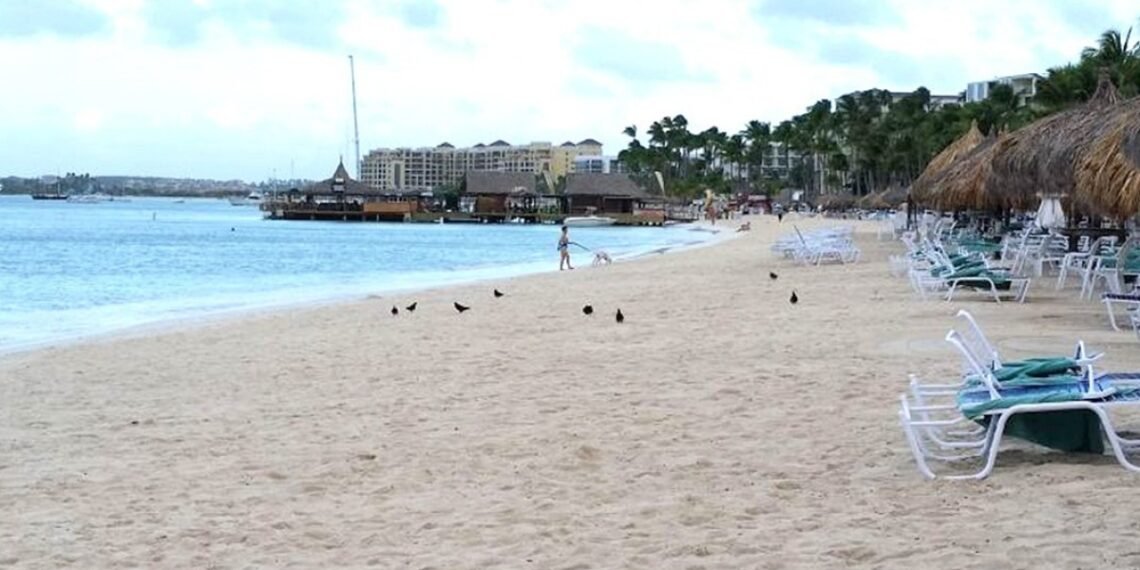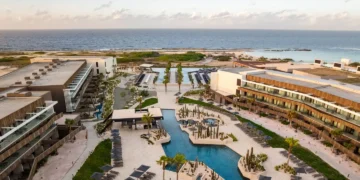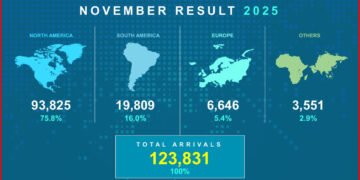Taxi drivers, restaurant workers, and hotel staff across Aruba report a sharp slowdown. Some restaurants are offering “Dollars to Florin” pricing—tactics last seen during the COVID-19 pandemic—to attract local customers as visitor traffic softens.
According to AHATA, average hotel occupancy fell to 63% in September, down 9.8% year over year and the lowest level since the 2020 pandemic period. While September is historically a soft month and RevPAR was maintained, the figure is worrying. August 2025 occupancy stood at 74%, and AHATA has revised its second-half projections downward, indicating weaker-than-expected performance.
Industry voices cite multiple factors, including U.S. travelers tightening budgets amid rising costs, higher healthcare insurance expenses, and some job losses leading to trip cancellations. Meanwhile, there’s growth from parts of Latin America, though it’s unclear whether spending levels match those of U.S. travelers. With the U.S. imposing an additional $250 visa fee for Brazilian visitors headed to attractions like Walt Disney World, stakeholders suggest Aruba could seize the moment to court these travelers redirecting plans.
The sector warns that sustained low occupancy could trigger reduced staff hours and broader economic effects. Calls are growing for an urgent, national-level meeting of stakeholders and faster policy action—including clearer regulation of vacation rentals—to stabilize demand and protect jobs.
Photo Credits : https://diario.aw/categories/noticia/general/grado-di-ocupacion-a-cay-cu-10-mas-den-september
























Discussion about this post